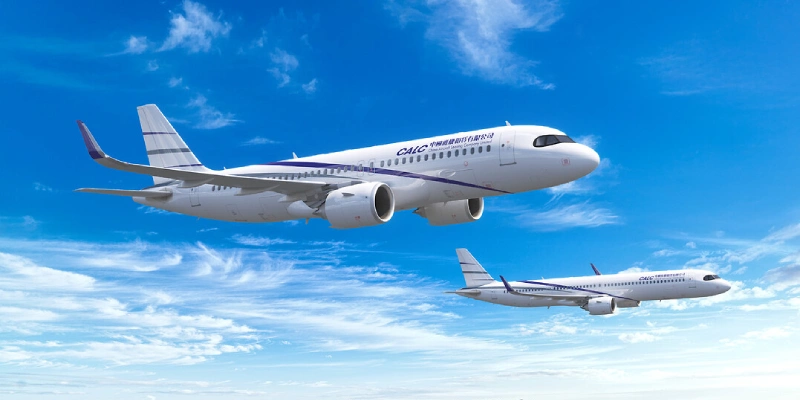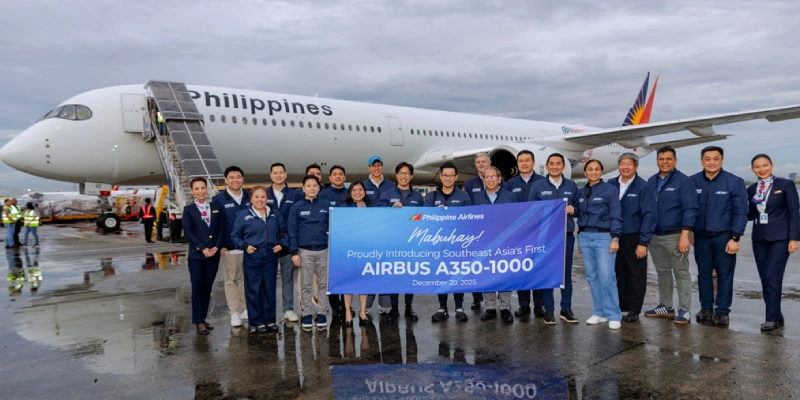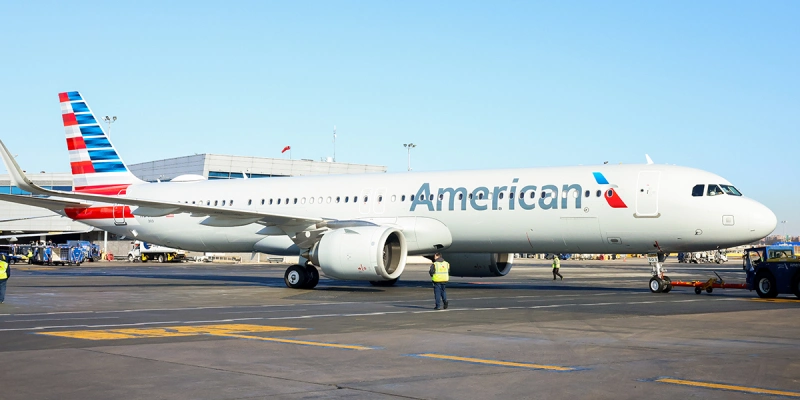Alaska Airlines tuesday presented a Bombardier Q400 regional turboprop to ZeroAvia that will be retrofitted with a hydrogen-electric propulsion system in an effort to expand the reach and applicability of zero emissions flight technology.
At an event, held at ZeroAvia’s Paine Field research and development site, the companies were joined by high school students from Raisbeck Aviation High School, Washington State Governor Jay Inslee, Congresswoman Suzan DelBene and Snohomish County Executive Dave Somers to participate in the formal handover of the 76-seat Q400 aircraft that will be developed by ZeroAvia, the U.S.-headquartered leader in designing and building zero-emission, hydrogen-electric aircraft propulsion systems for aircraft.
When Alaska Airlines’ regional carrier Horizon Air retired its Q400 fleet, it reserved one of the aircraft for research and development purposes to further advance zero emissions technology for the aviation industry. The aircraft was repainted with a special livery to highlight the innovative mission of this partnership.
→ Boeing adds 787-10 to its ecoDemonstrator program flight tests
ZeroAvia also debuted its breakthrough multi-megawatt modular electric motor system in a 1.8MW prototype configuration at the event – demonstrated with a propeller spin aboard the ZeroAvia’s 15-ton HyperTruck ground-test rig. Combined with higher temperature PEM fuel cells and advanced power electronics – both technologies that ZeroAvia is developing in-house – the leading-edge electric motor technology is one of three key building blocks for enabling commercially-relevant hydrogen fuel cell engines for larger aircraft.
“This is a great step forward in aviation innovation, to help create a new future of flight – right here at home,” said Alaska Airlines CEO Ben Minicucci.
Aligning ZeroAvia’s powertrain with the Dash 8-400 airframe will represent a commercially viable zero-emission aircraft with fuel cell engine technology around five times more powerful than what has been demonstrated anywhere to date.
ZeroAvia’s recent advancements clear the way for a potential flight of the Q400, also recognized as the Dash 8-400, but also demonstrate rapid progress toward certification of the ZA2000 propulsion system. ZeroAvia has already demonstrated a track-record of world-first flight testing. In January, ZeroAvia flew a retrofitted 19-seat aircraft with its prototype 600kW hydrogen-electric engine (ZA600). This followed the demonstration flight of a 250kW system in 2020, which at the time of flight was the world’s largest aircraft flown using a novel zero-emission power source.
Related Topics
Air China Purchases 60 Airbus A320neo Jets
China Aircraft Leasing Expands Fleet with New Order for 30 Airbus A320neo Jets
Philippine Airlines Receives Its First Airbus A350-1000
American Airlines Debuts Airbus A321XLR on Transcontinental Route Between New York and Los Angeles

Un apasionado por la aviación, Fundador y CEO de Aviación al Día.




